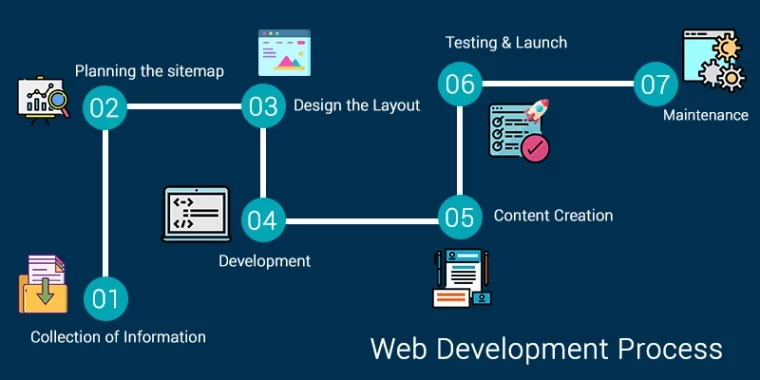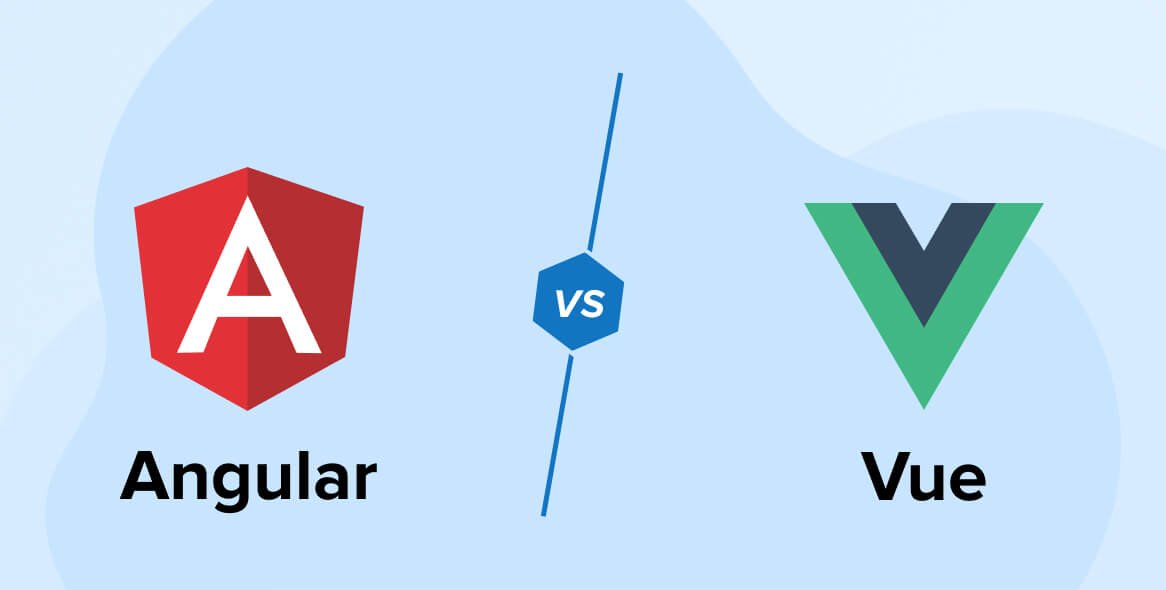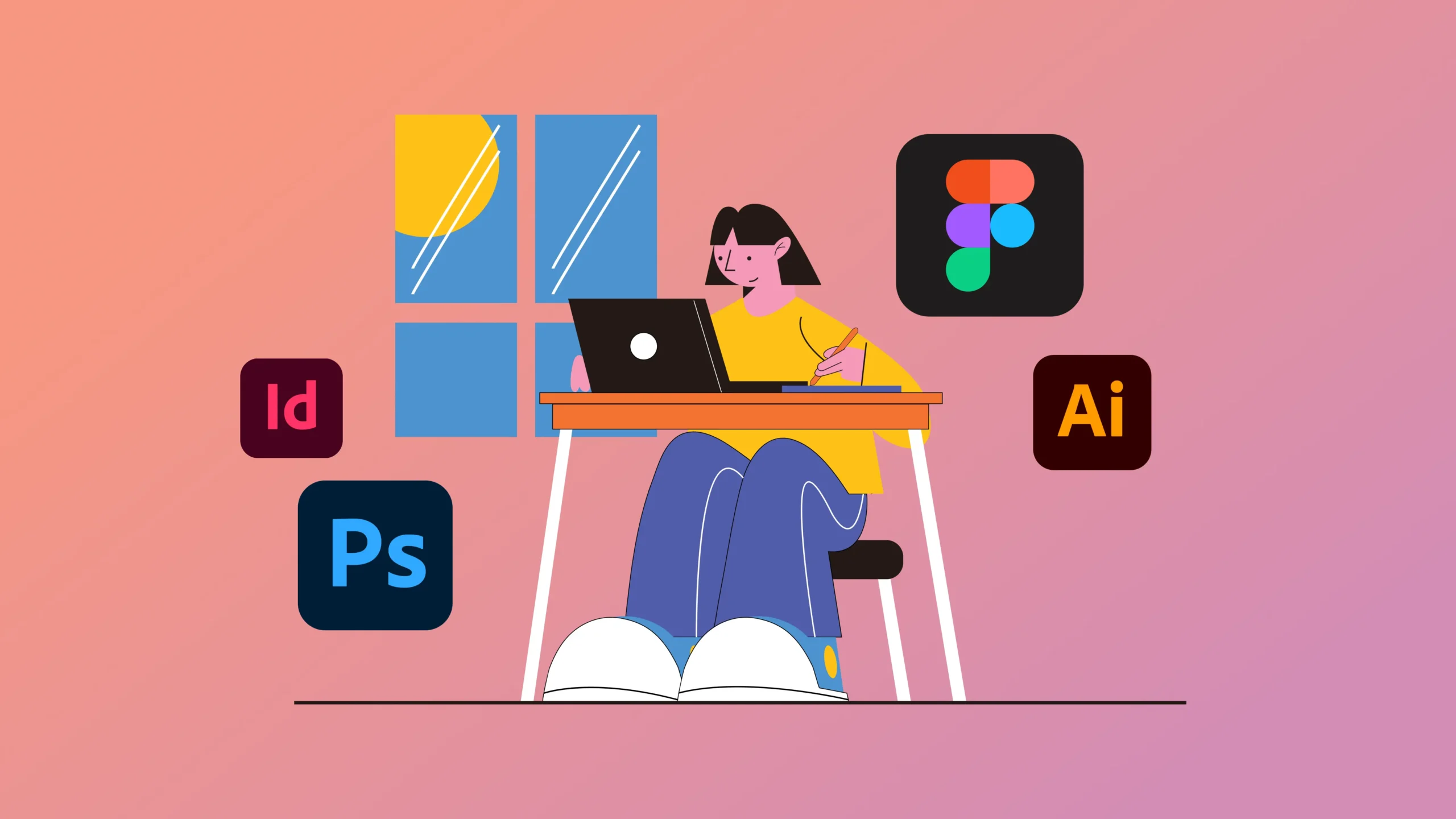As we delve into 2024, the landscape of web development for small business continues to evolve rapidly. It drives by technological advances and changing consumer behaviors. Moreover, the implementation of technologies like Progressive Web Apps and voice search optimization are becoming standard practices to enhance user engagement and improve search engine rankings.
According to a report from Statista, over 50% of global internet traffic now comes from mobile devices, highlighting the shift towards mobile-first web development.
- Progressive Web Apps (PWAs) are increasingly popular due to their ability to deliver an app-like experience on the web. They are fast, reliable, and capable of working offline, making them ideal for enhancing user engagement across various platforms.
- Voice Search Optimization is critical as more consumers use voice assistants like Siri and Alexa to search online. Optimizing your site for voice search involves using natural language, targeting long-tail keywords, and ensuring your content is easily accessible via voice queries.
- Mobile-First Design ensures optimization of websites for mobile devices, which is essential since over 50% of global web traffic comes from mobile. This design approach prioritizes the mobile user experience, which can significantly enhance site usability and customer satisfaction.

Essential Elements of Web Development for Small Business
To create a website that not only attracts visitors but also converts them into customers, here are certain points:
- User-Friendly Design: Simplified navigation and responsive design are essential to provide a seamless user experience on any device.
- Fast Loading Times: Speed is a critical factor in user retention. Tools like Google PageSpeed Insights can help analyze and optimize your site’s performance.
- Effective CTAs: Calls-to-Action (CTAs) like “Contact Us” or “Buy Now” should prominently placed to guide users towards making a decision.
- High-Quality Visual Content: Use high-quality images and videos to capture attention and convey your business’s value proposition effectively.
- SEO Best Practices: Implementing SEO-friendly practices such as optimized title tags, meta descriptions, and structured data is crucial for improving your website’s visibility in search engines.
Blueprints Digital Center and the Boutique Revamp
A local boutique in Texas, known for its unique fashion offerings, faced challenges in expanding its customer base due to a lackluster online presence.
Objective:To increase online visibility and sales through a comprehensive web development strategy.
Blueprints Digital Center devised a multi-faceted approach:
- Mobile-First Design: Recognizing that over 75% of the boutique’s visitors came from mobile devices, the focus was shifted towards optimizing the mobile user experience.
- Integration of PWAs: To enhance user engagement, particularly in areas with unreliable internet connectivity, PWAs were implemented to allow offline browsing and faster load times.
- Voice Search Optimization: Given the rising trend of voice searches, the website content was optimized for voice queries to capture this growing market segment.
Within six months post-implementation, the boutique saw:
- A 30% increase in online sales.
- A 50% improvement in customer engagement metrics.
- Enhanced search engine rankings, particularly for mobile and voice search queries.
Future Plans are underway to integrate augmented reality (AR) features that allow customers to visualize clothing items in a virtual dressing room, aiming to blend the online and physical shopping experiences seamlessly.
SEO Considerations for Texas
To optimize your web development for local SEO in Texas, consider incorporating region-specific keywords, and localize content to reflect local events and cultural nuances. This will improve your relevance in local search results, attracting more targeted traffic.
FAQs
Q1: How much does it cost to web Development for Small Business?
The cost can vary widely depending on the complexity of the site and the features included. Typically, prices can range from a few hundred to several thousand dollars.
Q2: How long does it take to build a website?
The timeframe can vary from a few weeks to several months, depending on the project’s scale and complexity.
Q3: Should my small business use a website builder or hire a developer?
Website builders can be a cost-effective solution for simpler sites, while hiring a developer is better for customized, feature-rich websites.
Q4: How often should I update my website?
Regular updates are recommended to keep your content fresh and your site secure. Major redesigns are advisable every 2-3 years, or as your business needs evolve.
Q5: What is the best way to ensure my website is secure?
Implement strong security measures such as SSL certificates, regular software updates, and secure hosting services.




